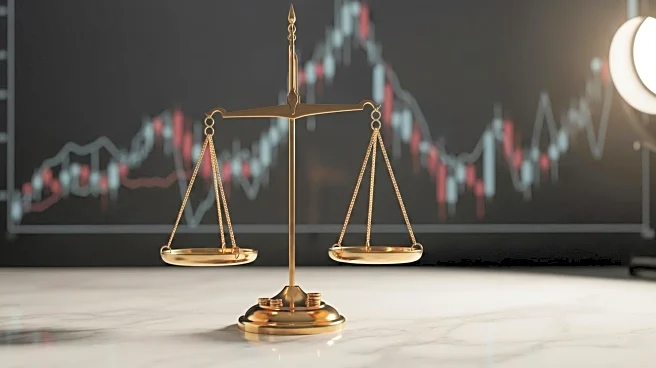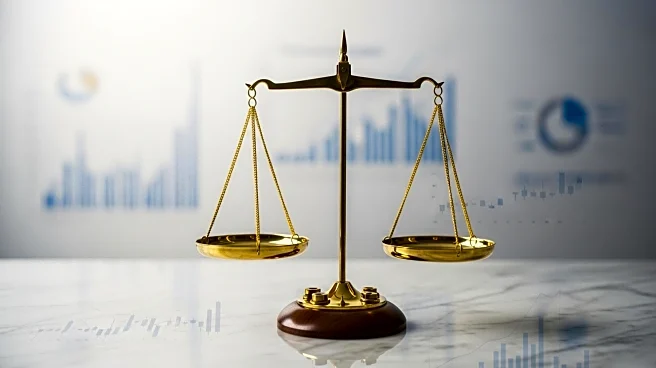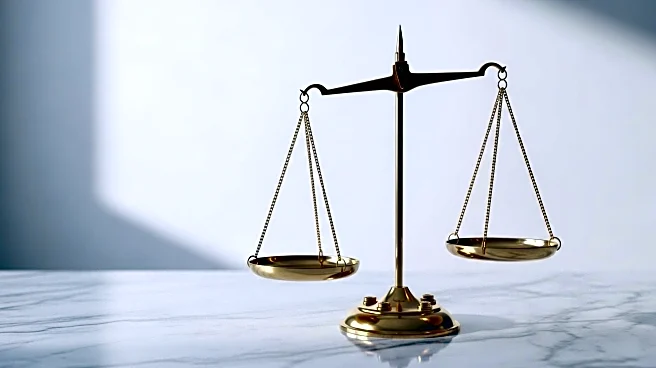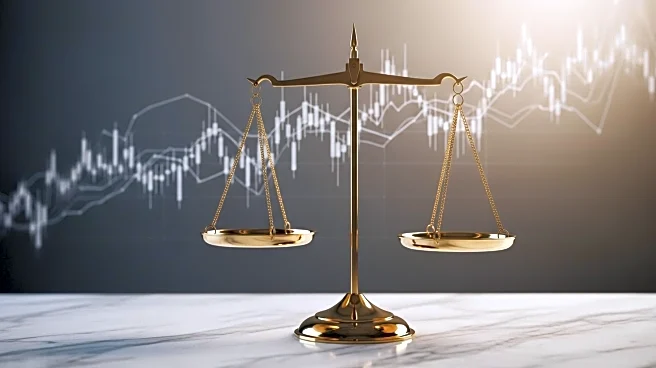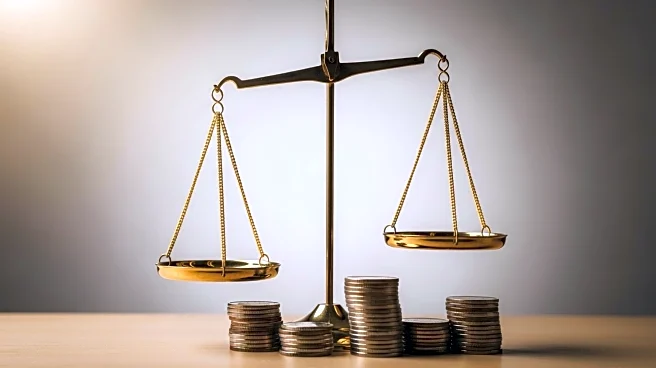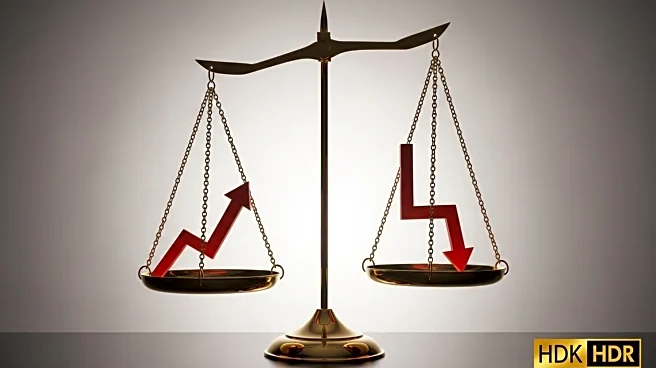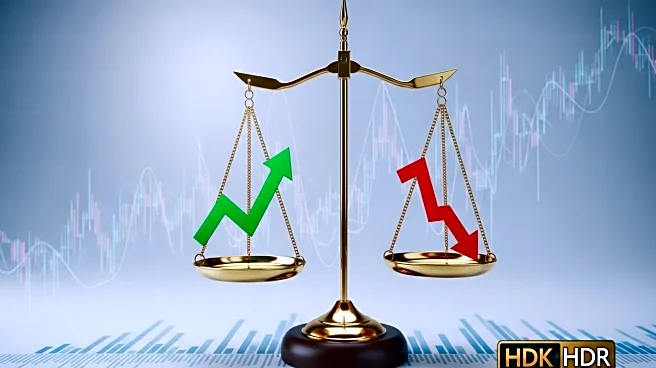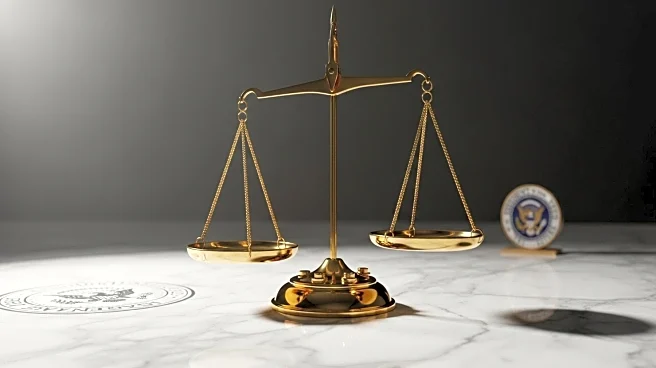What is the story about?
What's Happening?
The Federal Reserve has implemented its first interest rate cut of the year, reducing rates by a quarter percentage point. This decision, described by Fed Chair Jerome Powell as a 'risk management' measure, aims to preemptively support the economy amid mixed economic signals. The rate cut reflects a shift in the Fed's priorities, with a growing focus on the labor market rather than inflation. The decision was not unanimous, with dissent from Stephen Miran, a recent appointee by President Trump, who advocated for a larger half-point reduction. Powell emphasized the complexity of the current economic environment, noting that there are no 'risk-free paths' and that the decision-making process involves navigating significant uncertainties.
Why It's Important?
The Federal Reserve's rate cut is a pivotal moment for U.S. economic policy, as it highlights the central bank's efforts to address potential economic challenges proactively. By lowering rates, the Fed seeks to stimulate economic activity and mitigate risks to the labor market, which has shown signs of slowing. This move could have widespread implications for various economic stakeholders, including consumers, businesses, and investors. Lower interest rates can reduce borrowing costs, potentially boosting consumer spending and business investment. However, the decision also underscores the delicate balance the Fed must maintain between supporting economic growth and managing inflationary pressures. The dissent within the Fed's decision-making process reflects the complexity and uncertainty of the current economic landscape.
What's Next?
The Federal Reserve has signaled the possibility of two additional rate cuts this year, indicating a willingness to take further action if economic conditions warrant. This forward guidance suggests that the Fed is closely monitoring economic indicators and is prepared to adjust its policy stance as needed. The decision to cut rates has already influenced financial markets, with potential implications for asset prices and investor sentiment. As the Fed continues to assess the economic outlook, stakeholders will be watching for any changes in the central bank's policy direction and the impact on economic growth and employment. The Fed's future actions will be critical in shaping the trajectory of the U.S. economy in the coming months.
AI Generated Content
Do you find this article useful?
